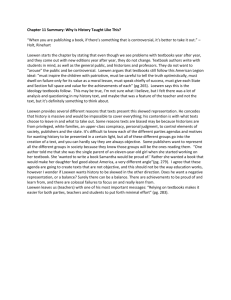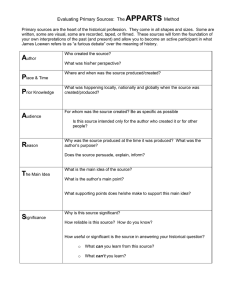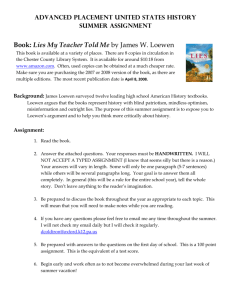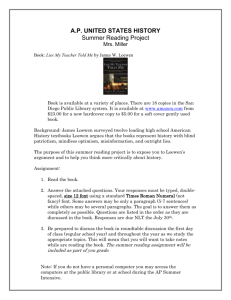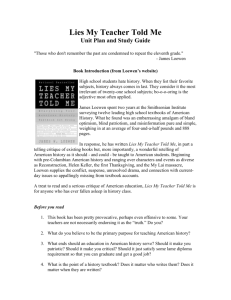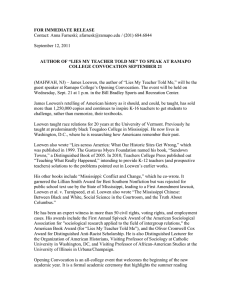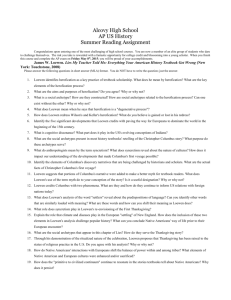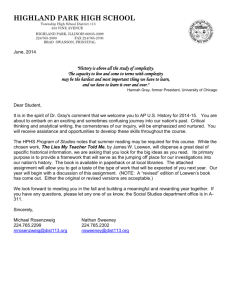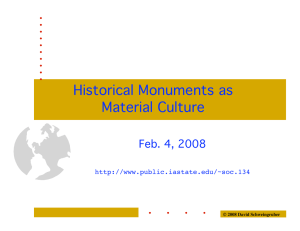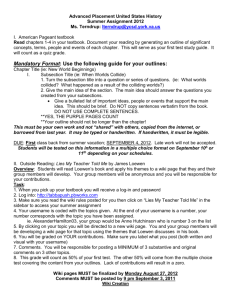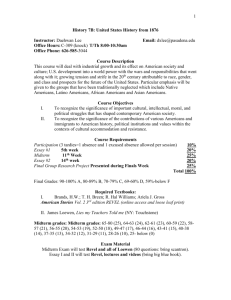Chapter 7) The Land of Opportunity. The absence of social class in
advertisement
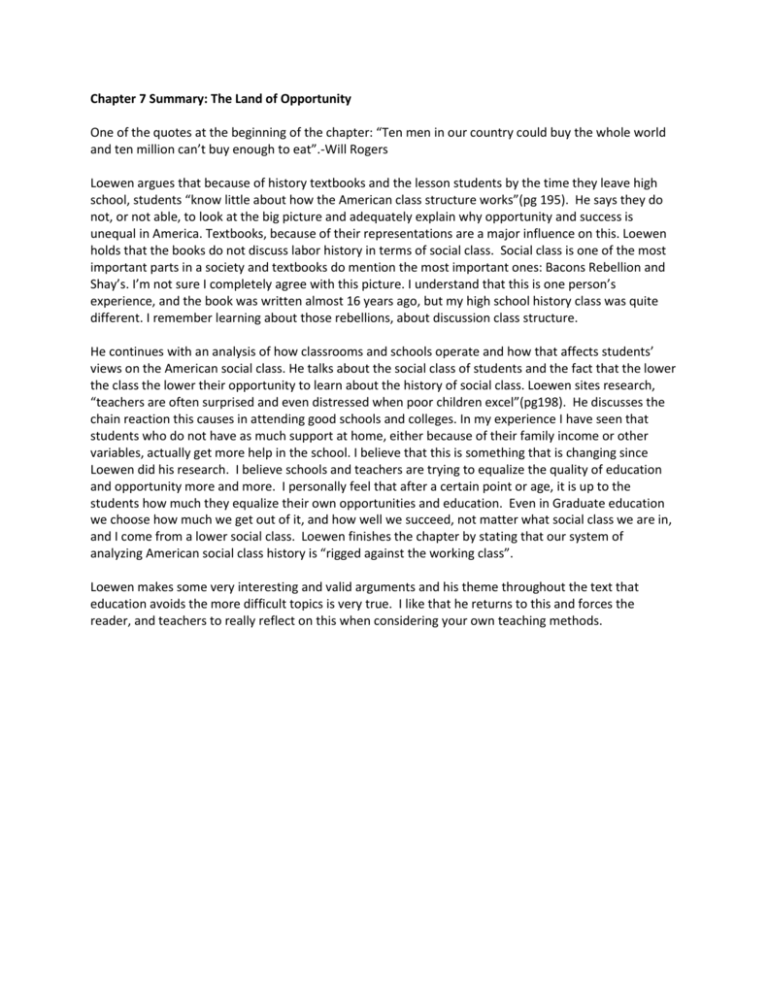
Chapter 7 Summary: The Land of Opportunity One of the quotes at the beginning of the chapter: “Ten men in our country could buy the whole world and ten million can’t buy enough to eat”.-Will Rogers Loewen argues that because of history textbooks and the lesson students by the time they leave high school, students “know little about how the American class structure works”(pg 195). He says they do not, or not able, to look at the big picture and adequately explain why opportunity and success is unequal in America. Textbooks, because of their representations are a major influence on this. Loewen holds that the books do not discuss labor history in terms of social class. Social class is one of the most important parts in a society and textbooks do mention the most important ones: Bacons Rebellion and Shay’s. I’m not sure I completely agree with this picture. I understand that this is one person’s experience, and the book was written almost 16 years ago, but my high school history class was quite different. I remember learning about those rebellions, about discussion class structure. He continues with an analysis of how classrooms and schools operate and how that affects students’ views on the American social class. He talks about the social class of students and the fact that the lower the class the lower their opportunity to learn about the history of social class. Loewen sites research, “teachers are often surprised and even distressed when poor children excel”(pg198). He discusses the chain reaction this causes in attending good schools and colleges. In my experience I have seen that students who do not have as much support at home, either because of their family income or other variables, actually get more help in the school. I believe that this is something that is changing since Loewen did his research. I believe schools and teachers are trying to equalize the quality of education and opportunity more and more. I personally feel that after a certain point or age, it is up to the students how much they equalize their own opportunities and education. Even in Graduate education we choose how much we get out of it, and how well we succeed, not matter what social class we are in, and I come from a lower social class. Loewen finishes the chapter by stating that our system of analyzing American social class history is “rigged against the working class”. Loewen makes some very interesting and valid arguments and his theme throughout the text that education avoids the more difficult topics is very true. I like that he returns to this and forces the reader, and teachers to really reflect on this when considering your own teaching methods.
